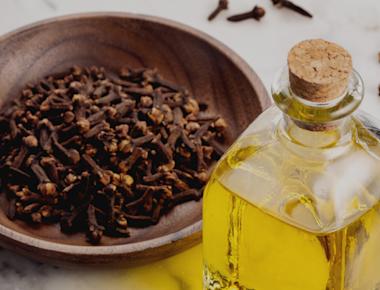

Table Of Contents
Foods that Impact Blood Glucose Levels
The glycemic index (GI) of a carbohydrate-containing food is a number from 0 to 100, which indicates a corresponding rise in the blood glucose level after consuming that food. Low GI foods help keep blood responses at a normal level for an extended period, minimizing the potential for large fluctuations in blood glucose levels. Evidence from epidemiological studies suggests that postprandial (after meal) blood glucose levels are more strongly related to cardiovascular events than fasting blood glucose levels in people with diabetes.
The Effect of High-Fiber Food on Blood Glucose Levels
Generally, foods with a high fiber usually have a lower GI. They help manage or prevent diabetes and prediabetes. Flaxseed is one of the major plant sources of dietary fiber, as it contains both soluble and insoluble fiber with a ratio varying between 20:80 and 40:60.
Previous studies have shown that flaxseed can help lower and stabilize blood glucose levels in healthy, pre-diabetic, and diabetic individuals. However, we would like to know if flaxseed is more effective at maintaining blood glucose at the normal level throughout the day when given once or spread out throughout the day.
The Use of the Continuous Glucose Monitoring System
Glucose moves from the blood vessels first and then into the interstitial fluid surrounding the tissue cells just below the skin. Continuous glucose monitoring systems (CGMS) measure the glucose levels in the interstitial fluid over a number of days. This method is done by attaching an electrochemical detector to the skin. CGMS evaluates interstitial glucose concentrations every five minutes, and it is minimally invasive. It can determine the direction, magnitude, duration, frequency, and causes of fluctuations in blood glucose levels. It gives a detailed view of the blood glucose profile, showing the extent to which an intervention affects the glycemic response while allowing the participants to continue their activities uninterrupted.
The Study on Flaxseeds and the CGMS Sensor for Blood Glucose Response
15 healthy individuals participated in this randomized and cross-over study. The CGMS sensor was inserted under their skin in the abdominal region a day before the test day. They were given a meal for that evening and for the test the following day to ensure all participants began the test day eating the same meal.
Each one was also provided with a finger-prick blood glucose monitoring device and was taught how to use it. They were instructed to take their blood sugar readings one and two hours after the sensor was inserted, before dinner, and before bedtime. They were to avoid alcoholic beverages and intense physical activity while the sensor was inserted.
On the test day, the participants were again to take their blood glucose readings four times — before each main meal and before bedtime. They were asked to follow a specific eating schedule and not consume anything that was not provided, apart from water and hot beverages such as tea, coffee, or herbal tea. They were to record all beverages taken.
On each of the three test days, participants consumed muffins from any of these combinations until all combinations have been tried: Once a day Flaxseed: three 10-gram ground flaxseed muffins with breakfast, one control muffin with lunch and dinner. Three times a day Flaxseed: one ground flaxseed muffin and two control muffins at breakfast and one flaxseed muffin at lunch and dinner. Three times a day Control muffins: three control muffins at breakfast and one control muffin at lunch and dinner.
In the follow-up sessions, after an overnight fast of the participants, one final capillary finger-prick glucose reading was taken to calibrate the CGMS sensor before it was removed.
There was a washout of at least one week between the test days to minimize the carry-over effect between the different treatments.
The muffins contain flour, sugar, baking soda, baking powder, nutmeg, cinnamon, banana, semi-skimmed milk, butter, vanilla, eggs, and ground flaxseed if required.
The Results
Based on the results, there exists a strong correlation between the CGMS and the capillary blood finger-pricks, suggesting that the data from the CGMS are reliable.
The findings also demonstrated that flaxseed muffins consumed at three different times of a day could produce the lowest blood glucose levels computed at incremental Area Under the Curve (iAUC), followed by once-a-day flaxseed muffins, while the control muffins had the highest blood glucose iAUC levels. The difference was significant between the control muffins and three times a day flaxseed. Both types of flaxseed muffins resulted in significantly lower blood sugar levels than control muffins during the night.


The Conclusion
The study indicated that adding flaxseed to a daily diet is effective in producing and maintaining a lower glucose profile over an entire 24-hour period. Both types of flaxseed muffins resulted in lower blood sugar levels during the night. However, flaxseeds are better consumed in smaller amounts dispersed throughout the day to improve blood glucose levels, both over a 24-hour period and overnight.
Reference
The Effect of a Split Portion of Flaxseed on 24-hour Blood Glucose Response
Health Enthusiast
Expertise
Subscribe to our newsletter!
Quick Links
Legal Stuff








